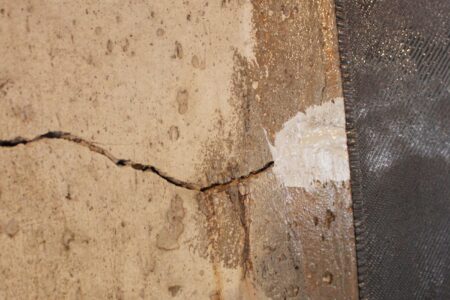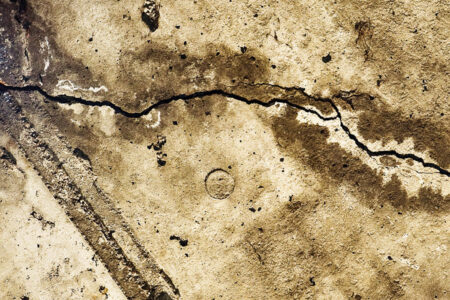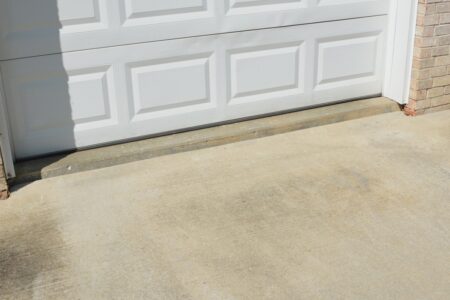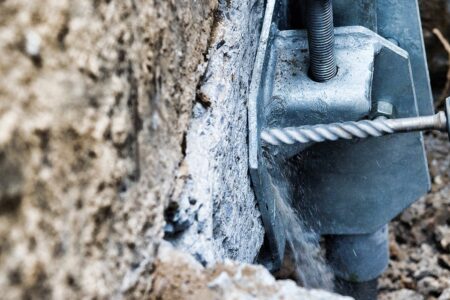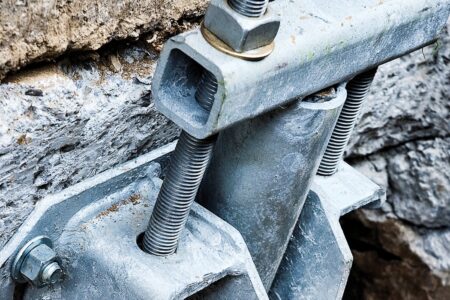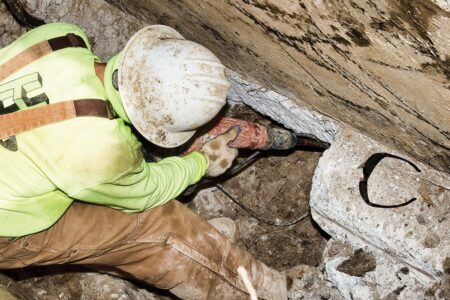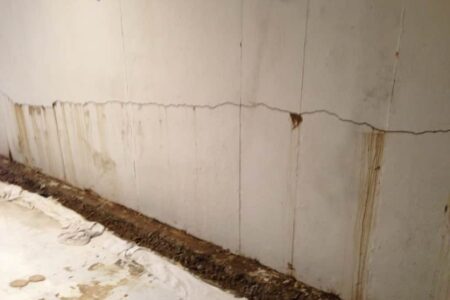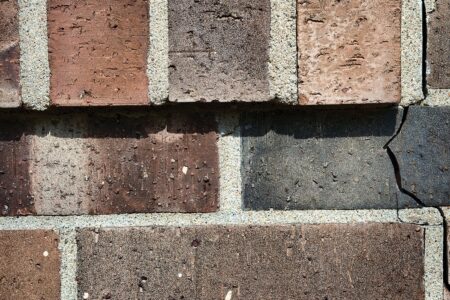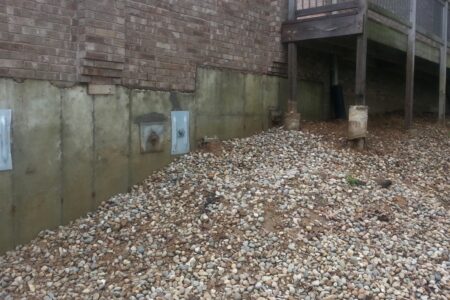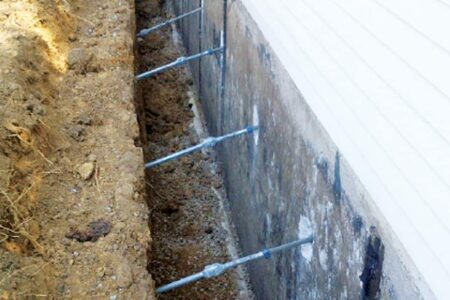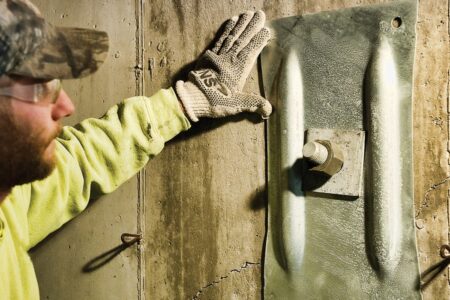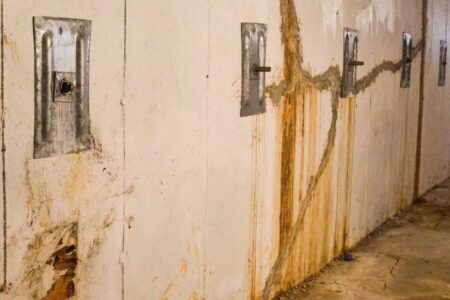Brad G.
Farmington, MO
This was a fantastic experience. Justin and Aaron were on time, completed the work requested, seeded the entire yard, watered the whole yard, cut down 2 trees and stacked the firewood, babysit my granddaughters while I took a nap and offered to fix supper for us. They were very professional, work was completed as promised and they went above and beyond. I will recommend your company to anyone who will listen. Thanks again!!!!

